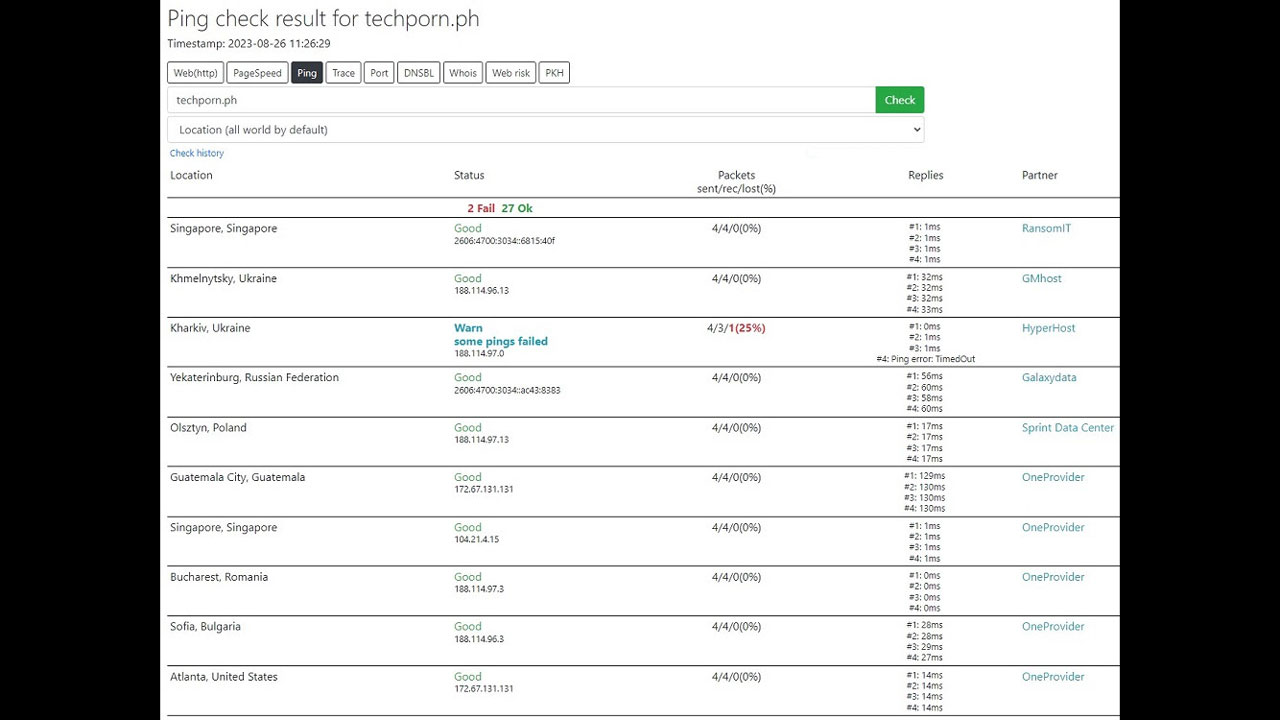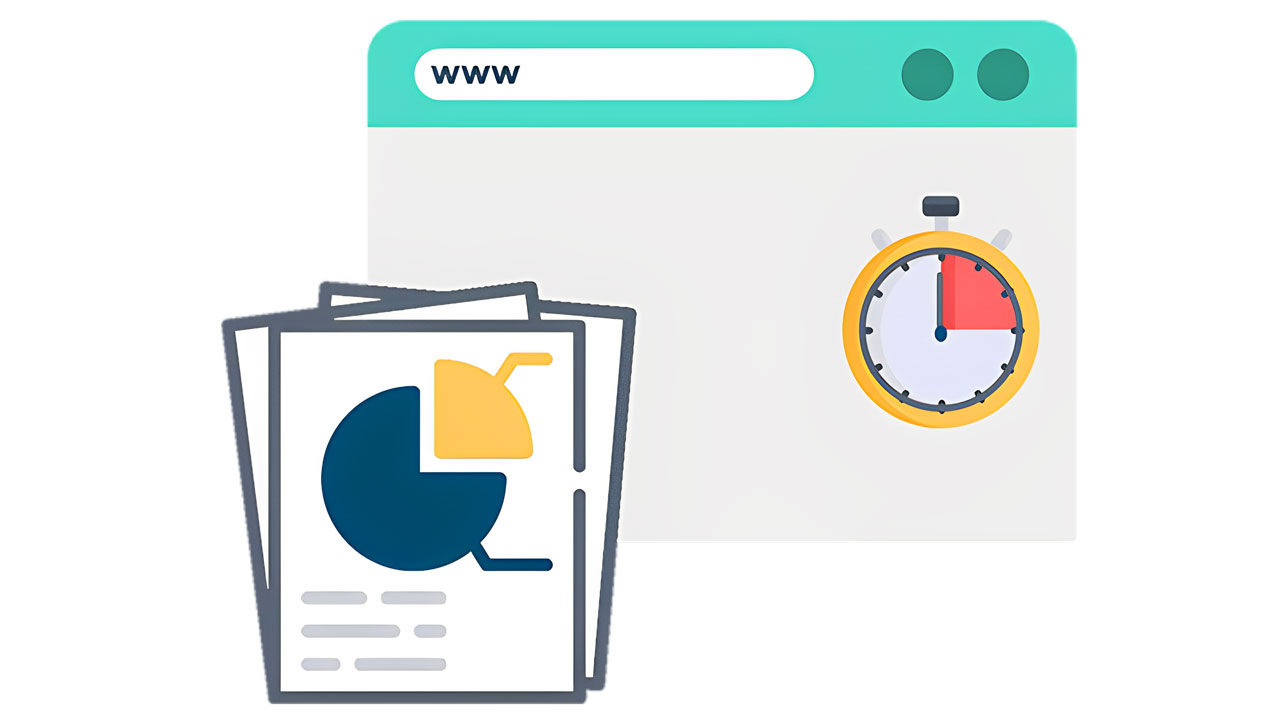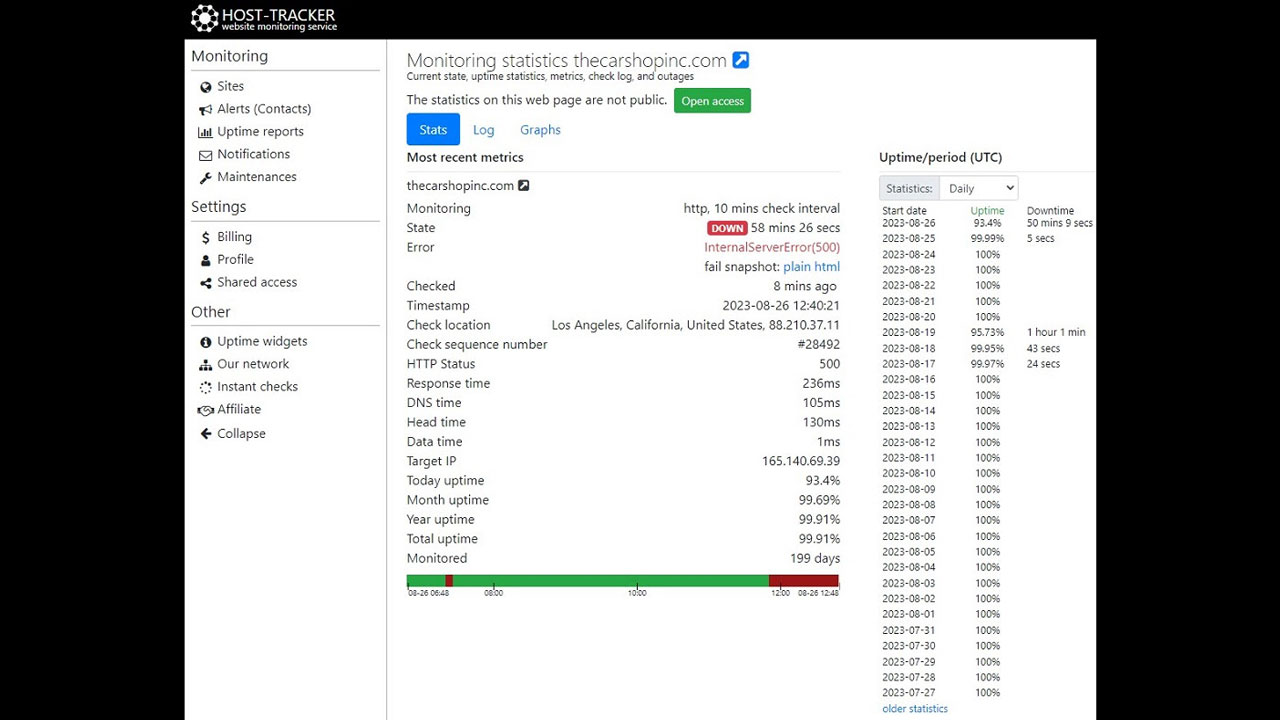Websites nowadays are literally inseparable from the everyday life of almost every human on Earth. With the widespread Internet websites have become the main tool to convey information, sell goods and communicate with each other.
Therefore, if you own the website and want it to become well-known and widely recognized, it must be accessible for its users round-the-clock. And to achieve it, it is of high importance to understand what is good website uptime and what is the website performance.
What Is Uptime and Ping?
Uptime, in the most basic sense of the word, is the percentage between the overall website’s time of existence and its accessible-to-users state. Or the percentage of difference between the overall time of existence and inaccessible time (downtime). In both meanings it is a positive value that mostly determines the reliability of the website and must be as close as possible to 99.99% due to impossibility of pure 100% value.
The latter is the rule and the reality that is considering the fact that downtime also includes the maintenance and planned outages due to various reasons. In general, websites with the percentage below 100% are good, but only until uptime reaches below 99% – that’s usually the bottom line, especially for Google services and SERP (search engine page results) rankings.
Therefore, if you want your website to succeed, then you need to maintain its uptime as high as possible at all costs. Up to the point of using backup servers to update the website on the main server without interrupting its work. All methods will do if they ensure your website’s accessibility at all costs, including times of emergencies like sudden provider outages, server maintenance and website’s own updates.
On top of it, monitoring routines should work round-the-clock to provide you with real-time reports on the situation and website’s status. Especially with the ping tool, despite it being basic of the basics in terms of overall website monitoring and simply sending a stack of packets to the server and waiting for the response. Because ping is actually the main solution to assess the website’s overall accessibility for users. It basically determines whether the website is accessible from outside of the server or not.
And you should use the most reliable toolkit with the most powerful tools. Like the Host-Tracker ping website from multiple locations that allows you to check on the website’s availability 24/7 and notifies you in case of lowering uptime values or any other cases of monitoring failures. This approach will help you quickly handle all possible uptime issues, keep your website’s SERP ratings high, its audience satisfied and your development and promotional efforts not futile.

How Audit Website Performance
Website performance, despite being a set of metrics separated from uptime, is still affecting the latter, especially when taking server-side issues and partial inaccessibility into account. Because if the website is accessible via ping, it doesn’t necessarily matter that it’s accessible to its audience. In simple words, even a statistically and technically accessible website could be practically in an unusable state.
Usually (in most cases, actually) Google Search robots and parsers start counting your website as inaccessible as soon as its performance falls below a certain threshold, and it’s loading longer than a certain period of time. Therefore, even if the website loads in the end, it won’t matter much for SERP ratings if your website is actually accessible, but has poor performance – it will usually count as downtime. And it’s no better than being completely inaccessible.
Nevertheless, the website’s performance itself is a group of metrics that determine how fast is your site and how good it works. Server stability and speed, webpage loading timings, content size and code, and database optimization are always included in performance metrics. Simply put, if everything on the website works well, then the website is performing well.
To assess your website’s performance, you should sign up on a powerful monitoring platform like HostTracker and set up a proper monitoring routine. This will allow you to check all aspects of the website and the server that it’s hosted on to pinpoint any performance issues. Moreover, it will give you a wide picture of an overall state of the website and notify you instantly in case something happens.

Why Is Website Uptime Important?
As it was already mentioned earlier, the website’s uptime is the main metric of its accessibility to the audience. Therefore, it has the utmost importance to everything related to the website. Because no matter how well-performing your website is, it will be worth nothing if it can’t be accessible by its users, and they won’t be able to get its content and functionality no matter how hard they try.
To check on the website’s uptime, you can either use manual tests like website uptime check worldwide on host-tracker.com/en, but it’s only an emergency solution, or set up a monitoring routine. The latter will literally help you to keep your website’s uptime under constant observation. For instance, HostTracker automated checker will check on the uptime in scheduled intervals and will notify you if something happened and caused the downtime to rise.
This way, you will be able to fix all arising problems quickly, preventing your site’s uptime from going down, users from becoming unsatisfied and annoyed, and your budget and nerves stable and secure. In other words, well-configured monitoring tools like the ones that HostTracker platform offers, are highly recommended if you want to keep your website’s uptime and all other of its metrics in check automatically and without unnecessary hassle.
How to Check Hosting Website Uptime
Despite having the same meaning. website uptime and hosting server uptime are actually separate metrics, although the former is very dependent on the latter. In other words, while the website could be considered as ‘down’ even when the server is up and accessible from outside, hosting and its server are considered as ‘down’ only when completely inaccessible. Therefore, it is important to monitor them separately – check on the server uptime and check on all metrics affecting the website uptime with a set of monitoring tools.
Even if you need a quick check on hosting uptime, you can use the website hosting checker service host-tracker.com/en/ic on HostTracker platform. But as it was mentioned earlier, it is important to keep it in check constantly with automated monitoring tools, even if you think that it’s the provider’s responsibility. Because even if the hosting support service noticed downtime on their side, monitoring could provide you with proofs needed to send a request and hurry up a person responsible for fixing server-side issues.
Moreover, HostTracker system ensures that its users will be in touch with monitoring routines whenever they need – the platform’s instant notifications system sends a message as soon as something happens during one of its checks. This way you will be able to know about the website’s downtime status as soon as the server goes down and drags the website offline with it.

How To Ping A Website With Uptime Robot
As it was already mentioned several times, monitoring is the key to keeping the website in the topmost shape and at the top of the SERP ratings. But not all monitoring tools and toolkits are equally useful in this regard.
Of course, almost nothing beats the separate dedicated servers wholly set up for monitoring purposes, but that’s the luxury affordable only to large corporations. If you’re a novice that won’t do. You need more reliable and less expensive solutions like Uptime Robot and HostTracker.
The former is a good tool for uptime monitoring that will be very useful when you’re only starting, but won’t do any good in the long run. Because it has a very limited set of tools for not too low price, and almost no supporting tools. Therefore, when you’re in need of a set of powerful tools and additional systems to conduct a full-scale monitoring it won’t work as you need it to.
Therefore, if you’re thinking about the future of the website you’re working on, you should start with the HostTracker service from the beginning. This platform has everything you might need to check on website uptime, server uptime, performance of both of them and a lot more. Including, but not limited to the instant notifications system that supports all the checks and keeps you in touch with occurring issues and website’s emergency status.
FAQs
- What is the ideal server uptime? Ideal value of server and website uptime is 99.99%. Depending on circumstances and the length and number of software and hardware updates as well as maintenance shutdowns, it will obviously become lower. But everyone should strive to reach exactly 99.99% uptime
- What is the average downtime for a website? There should be no actual thing like ‘average’ downtime – only ‘acceptable’ downtime. But, according to almost all statistical research, the acceptable downtime to reach 99.95% uptime is no more than 25 minutes per month or 4 hours a year. Sad but true, commonly websites experience outages up to 4 hours per month. And that’s the primary reason to keep uptime and downtime in check with monitoring tools like the ones HostTracker platform offers.
Conclusion
Concluding everything that was said above and taking into account all that was mentioned, uptime is the website’s metric you must not neglect at all costs. Along with all metrics that are related to it. Because otherwise you surely will suffer from consequences and will get an inaccessible website, its lowering SERP rankings, annoyed unsatisfied audience and, on top of it, financial and reputational losses. Therefore, you should start monitoring your website and its uptime as soon as possible and using the most reliable tools for it.
